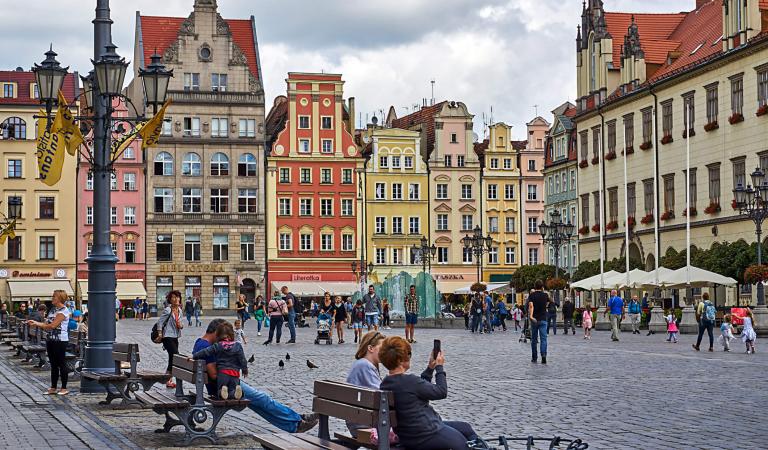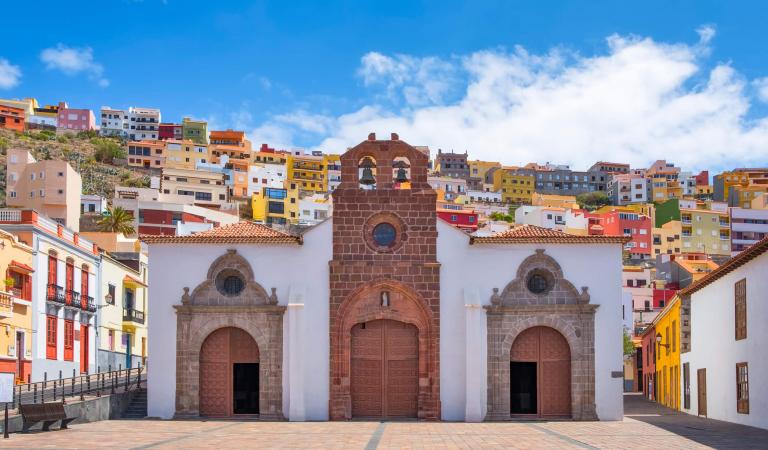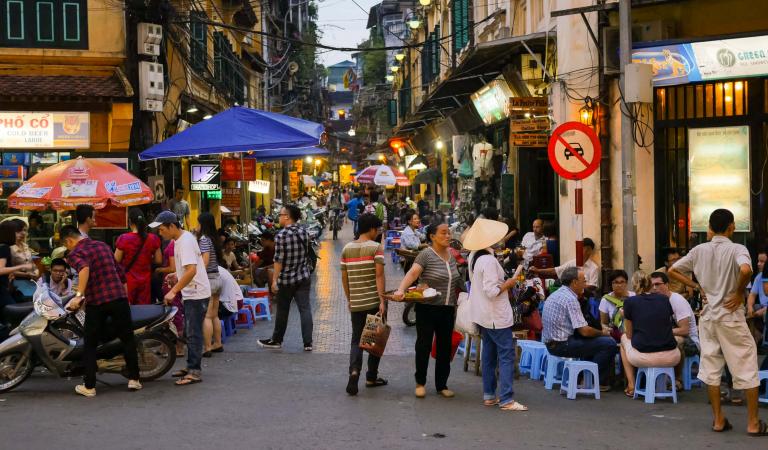In this blog post on TEFL teaching in South America, we are going to focus on the major Spanish-speaking nations located along the spine of the continent, the Andes. These nations are home to an array of landscapes and cultures and present a great opportunity for English teachers with the best options for TEFL jobs and CELTA training in the continent, including visas, low costs of living, and a variety of work opportunities.
Teacher Training in South America
For the best teaching opportunities, it is important to ensure you have a CELTA qualification. For those looking to teach in Latin America – studying the CELTA in the destination you plan to stay is a great route into the country’s TEFL industry. Do research first as there are TEFL certifications out there which won’t have the same quality or teacher training of validity when you are looking for work.
A good starting place is with one of our training centres who deliver the CELTA course in Argentina, Peru, Ecuador & Colombia. In addition, there are over nine centres in Mexico. These centres, and others, will also offer work opportunities with good teacher working conditions.
Before you travel
Costs of living are likely to vary between large cosmopolitan areas and provincial cities. This variation is likely to be more pronounced than variations between countries, as the cost of accommodation will be the largest variable. New teachers will want enough savings to cover you for two months of rent, living costs, a deposit on accommodation, and money to return home. This would require at least $2000-$2500 in savings before you arrive and should cover you for all South American countries.
Argentina
Overview
Argentina is a big country with a small population. The Tierra del Fuego in the south, the mountains of Patagonia, grasslands of the Pampas, and deserts of the north are all sparsely populated and possess some of the most extensive and unspoiled landscapes on the planet. Economically the heart of Argentina is Buenos Aires, a capital city associated with its colonial European history, Italy, the Basque Country and tango dancers. Other significant cities with the best TEFL opportunities include Cordoba and Rosario. As of 2019, the country is once again going through a period of economic trouble, with rising unemployment and falling value of the Argentinian Peso.
Visas
Argentina has a Working Holiday Visa (WHV) [link: https://www.expat.com/en/guide/south-america/argentina/1408-work-visas-in-argentina.html], which is available to citizens of Australia, Denmark, France, Germany, Ireland, Japan, the Netherlands, New Zealand, Norway, Portugal and Sweden, and allows them to work in Argentina for a one-year period.
You must be aged between 18-to-30, have a passport, at least 20,400 pesos (roughly $500), and a return ticket to get the visa. You apply for the visa up to three months before and then it must be validated once you are in the country.
Pay, cost of living & safety
Argentina is notorious for the instability of its currency which has taken drastic falls since 2010. This means that it is very important to have some savings before you travel as you likely won’t have much opportunity to make significant savings. In terms of safety there are the usual risks associated with big cities although overall Argentina is a safe place to live and visit. It has good travel infrastructure and culturally has a more European feel than its Andean neighbours.
Peak Hiring Months
February to March and July to August.
Chile
Overview
Argentina’s neighbour Chile is long and thin. It stretches from glaciers in the south through Rainforests and wine regions to deserts in the north. The main hub for work is Santiago. Traditionally more stable economically that its neighbour Argentina, during 2019 Chile has been in the news for a wave of protests and anger related to the rising cost of living.
Visas
A work visa is required, and schools will tend to sponsor this if organised in advance. The visa costs $470, but there can be processing fees of $250 and potentially a work permit for an additional $250. It important to speak to employers or to other expats in Chile to get specifics for your situation.
Pay, cost of living & safety
The cost of living around Santiago is similar to Argentina at about $1,000 a month, though the currency has always been more stable. Average pay for EFL teachers will be about $750 - $1,000 per month.
Peak Hiring Months
End of February to March and July and August
Peru
Overview
Peru is home to the Amazon, Machu Picchu and Lake Titicaca. It is an incredibly popular travel destinations for its cultural history, gastronomy and landscapes. With significant natural resource wealth Peru has a fast-developing economy and opportunities for English teachers.
Visas
Peru is one of the most accessible countries for work. Upon arrival you can get a tourist visa for either 90 or 183 days, from which point you can start looking for a job. Once you have a job lined up you can apply for a work visa, usually for the length of your contract.
Pay, cost of living & safety
Compared to Brazil, Chile and Argentina the costs of living in Peru has always been more affordable, and away from the centre of Lima accommodation options should be highly affordable. Typical cost of living could be anywhere from $500 - $1,000.
Peak Hiring Months
February to March and July to August
Ecuador
Overview
Ecuador is one of the most biodiverse places on Earth. The Galapagos are the best-known attraction along with the Amazon, cloud forests and beaches. It is a popular destination for TEFL teachers due to the opportunities to gain work visas and secure jobs through larger private language organisations, such as International House.
Pay, cost of living & safety
The cost of living in Ecuador has always been low, from $500 - $800, and average pay will give a teacher the opportunity to break even, though generally not enough to save. The greatest safety concerns for Ecuador are around Quito which has a reputation for petty crime and the targeting of tourists.
Visas
The visa situation is similar to nearby countries though many teachers get a Cultural Exchange VISA called a 12-VIII; it requires annual renewal and according to the conditions of your visa, you cannot earn any other form of income within Ecuador nor attend any anti-government protest or Union action. This means you are effectively employed as a volunteer receiving a stipend.
Some schools will give assistance sorting out your visa before you leave, International house is one with a presence in Quito and Guayaquil, so it is worth keeping an eye on the jobs available with us here [LINK]. Additionally, Escuela Politecnica Nacional at the largest language school with a good reputation for supporting staff.
Peak Hiring Months
February to March; July to August
Colombia
Overview
Colombia is increasingly seen as one of the best options for teaching in Latin America. The country is in a period of stability and offers a wonderful array of natural and cultural diversity including the Caribbean coast with its distinctive culture. Bogota, Medellin and Cali are the main centres for work though following a government push to increase English language skills there is work all across the country.
Pay, cost of living & safety
Colombia has a strong demand for English teachers, so for those arriving on the ground and enquiring with academies will be able to get job offers relatively easily. However, those searching for better working conditions with regards to pay and hours are advised to contact private and government schools at least three to six months before a desired start date.
Email is one method of contacting schools and in-addition Facebook pages often contain mobile phone and WhatsApp numbers. This is an opportunity to be bold and make direct contact with the school.
The pay and cost of living are variable as tourism has brought inflation to certain areas. On average anywhere from $500 - $1,100 a month is seen a typical, with pay opportunities best around the larger cities.
Visas
As with elsewhere if you haven’t secured a job and work visa in advance you can arrive on a tourist visa, secure a job and apply for a work visa from there. Though it is recommended to exercise caution with employers who are unwilling to pay for a work visa.






